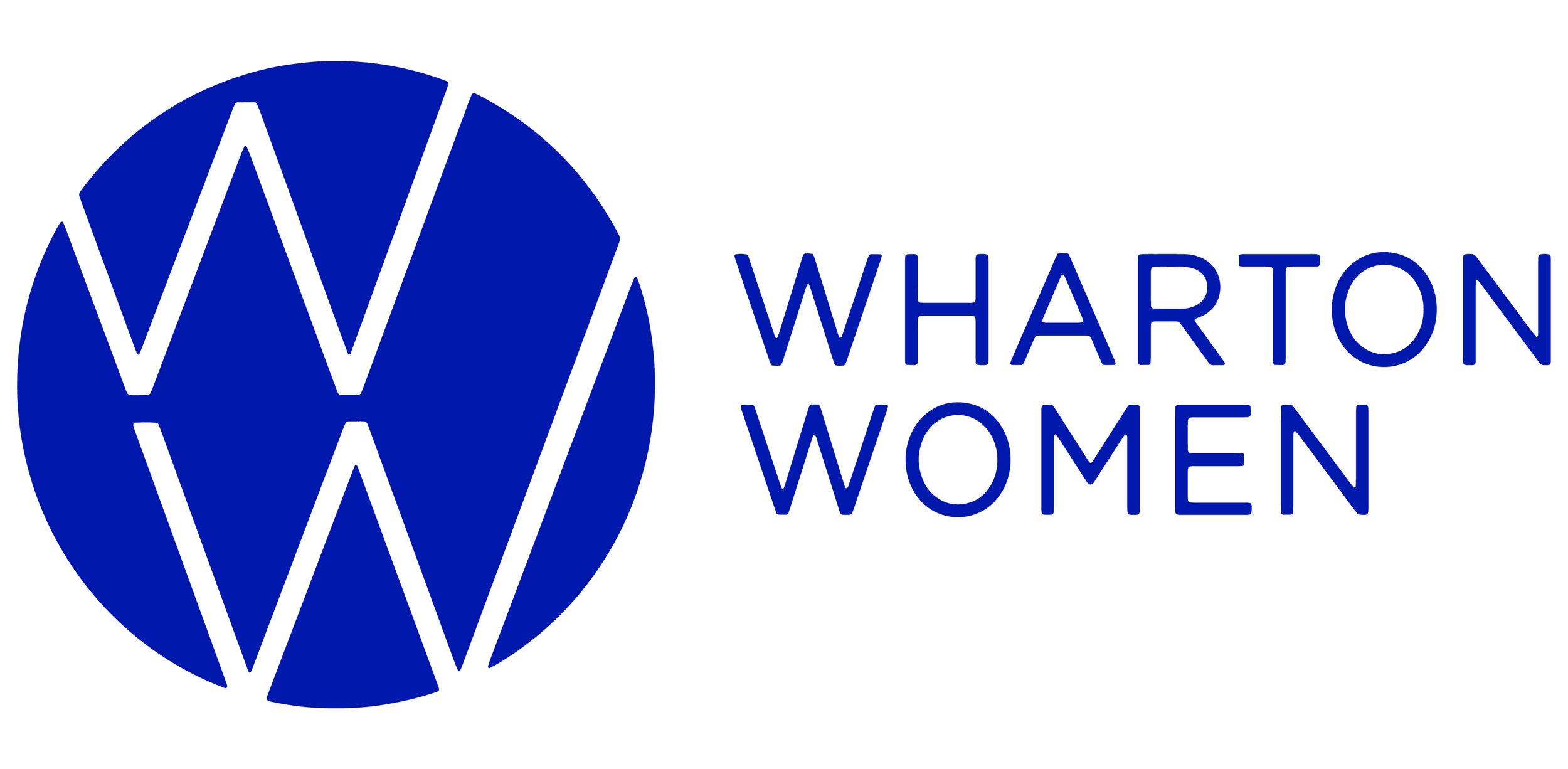The Rise and Business of Podcasts: How Audio Content Became a Billion-Dollar Industry
Written by Jessica Hua (W’26); Edited By Maria Herrera (C’28)
Podcasts have continued to evolve from a niche medium into a billion-dollar industry over the past decade. It has reshaped how people consume entertainment, news, and storytelling. What once began as a passion project for many independent creators has attracted many media companies, tech giants, and advertisers. Platforms like Apple Podcasts, Amazon, and Spotify have invested heavily in exclusive content, turning podcasts into mainstream media with significant untapped revenue potential.
Podcasts first gained traction in the early 2000s with the rise of iPods. However, their real rise started in the 2010s with the combination of smartphone adoption, the rise of streaming services, and the success of breakout hits, introducing millions of new listeners to a new format. Unlike in traditional radio, podcasts allow for on-demand listening, which makes them a more flexible option for busy audiences.
Today, the industry is no longer dominated by passion projects with celebrities, media companies, and corporations entering the space. Podcasts have become a tool for brand-building and audience engagement. The podcasting business has grown into a multi-revenue model, with creators leveraging several monetization strategies.
Advertising remains the primary revenue source for podcasts, accounting for over $2.3 billion in ad revenue in 2023. Brands value podcast advertising because host-read ads are able to feel more authentic and engaging than traditional commercials. With dynamic ad insertion technology, advertisers can now target listeners based on demographics, making campaigns more effective. Major podcasts can charge six-figure sponsorship deals per episode.
With platforms like Apple Podcasts and Spotify offering paid subscriptions, podcasters can generate revenue through exclusive content. Some creators provide ad-free listening, bonus episodes, or early access to content for subscribers. For example, Dax Shepard’s Armchair Expert moved behind Spotify’s paywall in a multi-million-dollar deal, highlighting how premium content can be a lucrative strategy for popular shows.
Some podcasters expand their brand beyond digital audio by hosting live events and selling merchandise. Live podcast tours allow fans to see their favorite creators in person, while merchandise sales add another revenue stream. The true-crime podcast My Favorite Murder has built a dedicated fanbase, generating millions through ticketed events and exclusive merchandise.
Recognizing the industry’s financial potential, tech companies and streaming platforms invest heavily in exclusive podcast content. Spotify has spent over $1 billion acquiring podcast companies like Gimlet Media, Parcast, and The Ringer, securing exclusivity deals with major creators like Meghan Markle. Amazon and Audible have launched original podcast series to compete with Apple and Spotify, while Apple Podcasts has introduced premium subscriptions to retain creators.
This corporate competition pushes podcasting further into mainstream media, making it a key part of the entertainment industry. The podcast industry is expected to surpass $4 billion in revenue by 2025, with several key trends shaping its future:
AI-Powered Podcasting – AI tools improve editing, transcriptions, and personalized recommendations for listeners.
Interactive Features – Spotify and other platforms are experimenting with audience engagement tools like polls and Q&A sessions.
Podcast-to-Video Integration – Many podcasters are filming episodes for YouTube, merging audio and visual content.
Growth of Niche Podcasts – Hyper-targeted shows in finance, business, and industry-specific topics are attracting engaged audiences.
Over time, podcasting has evolved from a niche hobby into a powerful media industry, competing with traditional radio, television, and streaming platforms. With new monetization models, corporate investments, and growing global listenership, podcasts are set to remain a dominant force in digital content.
